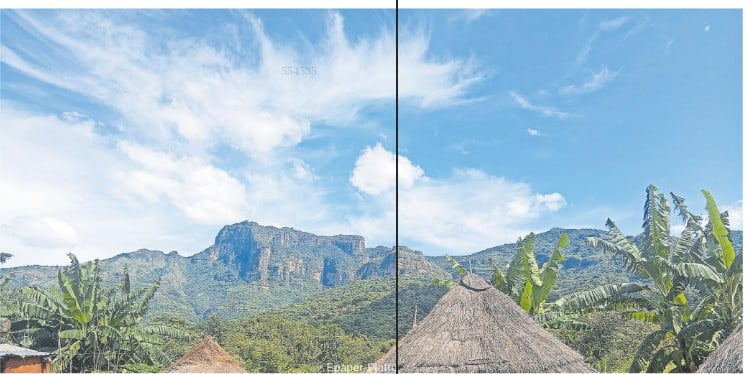Prime
Kwanjula: What rituals happen when the groom is taken inside the house?

By Maria Immaculate Owechi
Today, during the Buganda traditional weddings, the bride’s aunt has to take the groom inside the house for further discussions after identifying him. During these discussions, the groom is only escorted by a few people from his side as others wait in the tent. Later, the father of the bride gets out gets out of the house and is served food with the rest of the people in the tent. The groom, ssenga and the escorts of the groom eat from inside the house unlike him. The question is what happens inside the house at kwanjula ceremonies?

Why the privacy?
Maria Nakimuli, a ssenga and grocery seller at Nakasero market says the discussions that go on involve settling the bride price and making key traditional kwanjula rituals.
She says this is done privately in the house because the bride price is specifically for the father and does not need the whole community to be present.
Alex Mirembe, a master of ceremonies (Emcee) with Team Matovu Event Managers, Mengo says sometimes there may be pending issues that have to be discussed privately to avoid embarrassing the visitors.
He gives an example of cases where the groom has offended the family or they have heard some disturbing reports about him which are best settled away from the rest of the guests.
Mirembe also adds that since these days introduction ceremonies have evolved from small family affairs to large parties, the house may not accommodate everyone. That is why they have to select a few family members to witness the exchange of the bride price.
Who enters?

Mr Mirembe says the groom’s uncle, sister, best man and his grandfather are the major people that are permitted to escort their son to the house.
He adds that today, about 10 people can be permitted in including some elders and friends as dictated by the bride’s family.
Nakimuli says on the bride’s side it is the father, mother, aunties and uncles to be present. During this exchange, the bride is not present as she cannot be seen by the visitors before the bride price called omutwalo is settled.
The ceremonies

“Inside the house, the aunt introduces the groom to the bride’s family and explains the purpose for the visit,” Nakimuli explains further.
Mirembe says after this, the aunt has to pave way for the groom’s spokesperson to read out a document about the man’s lineage, tribe, level of education, occupation, residence and religion.
He says after that, the bride’s spokesperson has to ask her father if there is anything that can stop the marriage ceremony from proceeding.
Ssenga Nakimuli adds that in most cases the bride’s aunt may have already briefed the family on details about the groom and they already accepted him in the family.
She says only when the groom was not completely honest and they find out some conflicting details, that’s when the father can reject the ceremony from proceeding.
“Once the father-in-law agrees, that is when he requests for the omutwalo,” Mirembe explains. “Then the groom has to directly hand over the bride price his father-in-law.”
After this, the Ssenga takes over to finalise the rituals which involves making a pact called entaba luganda, between the groom and the bride’s father.
The ssenga presents a package called akatta mukago which includes coffee beans in a small basket, a pot of water and a can known as olwendo to draw the water.
She says the bride’s father first serves coffee beans to the groom who has to pick them with two hands and chew on them. Two hands are used to show that the groom has fully embraced the family.
Then, the groom also holds the basket for his father-in-law, who also picks with two hands to taste the coffee beans.
Mirembe says for the water, the bride’s father draws and drinks first, leaving some water in the can for son-in-law to take.
This is done to avoid cases where a jealous relative may attempt to poison the groom.
After this is done, the bride’s family members present are introduced to their visitors.
After this, usually the father and mother leave. The father goes back outside to the tents to eat with his guests while the mother retires to the bedroom. As the mother of the bride is leaving, the son-in-law doesn’t look at her but away from her.
The meal

The bride’s aunt has to serve a special dish called oluwombo to the groom and his family members.
The groom has to look for the gizzard, nkoko nkulu and eat it first, and the bride’s aunt will be watching to see if he does this. This signifies that he is well-groomed as a man and he knows issues of the bedroom.
After enjoying the meal, the son-in-law has to appreciate the ssengas efforts with a basket that contains an envelope.
When the eating is done, the aunt takes the groom outside where she announces to the guests that the discussions have ended well.
“Then they can proceed to the next step of the bride being presented to the rest of the guests,” she explains.
Mr Mirembe emphasises that the real marriage settlement is the ceremony that takes place inside the house as it is what determines the success of the event.
This is why many people meet the ssenga’s announcement with ululations.




